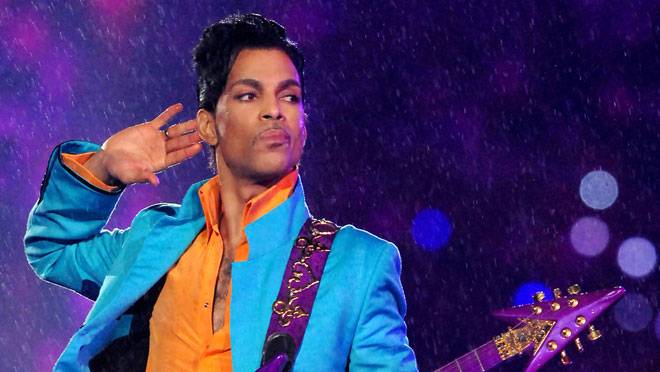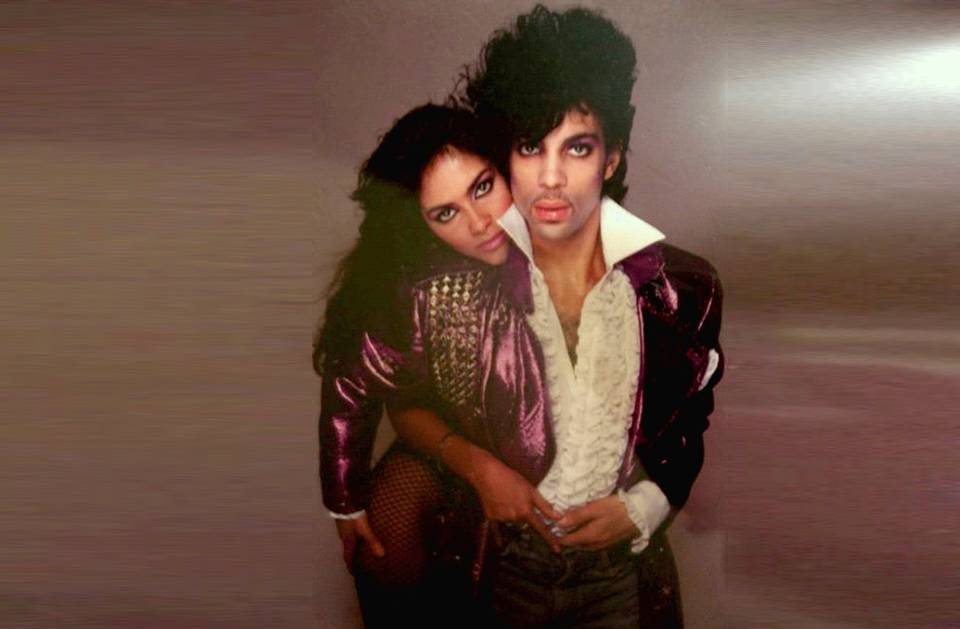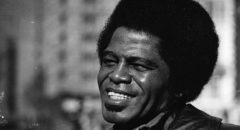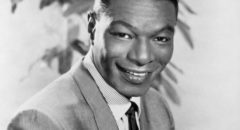
Prince has never been one to shy away from his eccentricities. The music icon cemented himself as entertainment royalty with his unique musical arrangements, sultry vocals, and his raw and vulnerable stage presence.
Perhaps one of the most honest moments he shared with fans before his untimely death in 2016 due to complications with prescription medicine, was his quiet battle with epilepsy.
"I've never spoken about this before, but I was born epileptic and I used to have seizures when I was young," he told former talk-show host Tavis Smiley in 2009. "And my mother and father didn't know what to do or how to handle it, but they did the best they could with what little they had." 
This may come as a surprise to many since the multi-talented artist exuded power and strength throughout his entire career, but epilepsy is more common than we probably realize.
The CDC reports that about 3.4 million people have epilepsy nationwide: 3 million adults and 470,000 children. According to the latest estimates, about 0.6% of children aged 0-17 years have active epilepsy. Think of a school with 1,000 students—this means about 6 of them could have epilepsy.
RELATED: Prince: A Celebration Of His Purpleness
What is epilepsy?
Per the National Epilepsy Foundation, it is a neurological condition that affects the nervous system. Epilepsy is also known as a seizure disorder. It is usually diagnosed after a person has had at least two seizures (or after one seizure with a high risk for more) that were not caused by some known medical condition.
What are seizures?
Seizures seen in epilepsy are caused by disturbances in the electrical activity of the brain. The seizures in epilepsy may be related to a brain injury, genetics, immune, brain structure or metabolic cause, but most of the time the cause is unknown.
What are the symptoms?
Because epilepsy is caused by abnormal activity in the brain, seizures can affect any process your brain coordinates. Seizure signs and symptoms may include:
- Temporary confusion
- A staring spell
- Uncontrollable jerking movements of the arms and legs
- Loss of consciousness or awareness
- Psychic symptoms such as fear, anxiety or deja vu
Symptoms vary depending on the type of seizure. In most cases, a person with epilepsy will tend to have the same type of seizure each time, so the symptoms will be similar from episode to episode.
Doctors generally classify seizures as either focal or generalized, based on how the abnormal brain activity begins.
RELATED: Natural Remedies For Epilepsy
What are the treatments?
Although medication is the most common form of epileptic treatment, vagus nerve stimulation is another effective method as well. In vagus nerve stimulation, doctors implant a device called a vagus nerve stimulator underneath the skin of your chest, similar to a heart pacemaker. Wires from the stimulator are connected to the vagus nerve in your neck.
The battery-powered device sends bursts of electrical energy through the vagus nerve and to your brain. It's not clear how this inhibits seizures, but the device can usually reduce seizures by 20 to 40 percent.
Most people still need to take anti-epileptic medication, although some people may be able to lower their medication dose. You may experience side effects from vagus nerve stimulation, such as throat pain, hoarse voice, shortness of breath or coughing.
Ketogenic diet. According to the Mayo Clinic, some children with epilepsy have been able to reduce their seizures by following a strict diet that's high in fats and low in carbohydrates.
The ketogenic diet helps the body break down fats instead of carbohydrates for energy. After a few years, some children may be able to stop the ketogenic diet — under close supervision of their doctors — and remain seizure-free.
For more information, please visit the National Epilepsy Foundation for more information.
BDO’s Black History of Health series is designed to show the correlation between the health of historical black figures and Black Americans today. Many of the health disparities we currently experience have been in our community for centuries. This series is meant to bring these conditions to the forefront and provide blacks with preventative and management steps to reduce these disparities and improve the overall health of the Black American community. It’s time to change the narrative.








